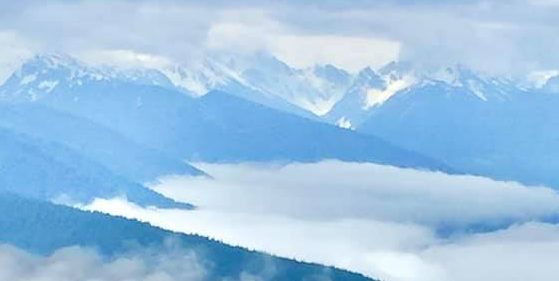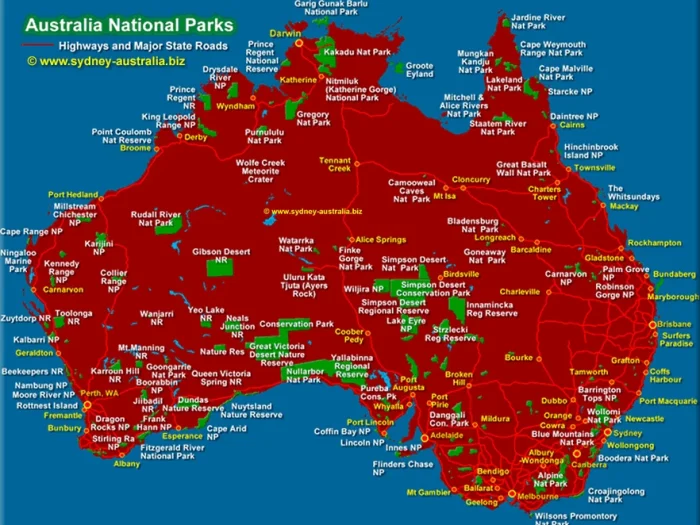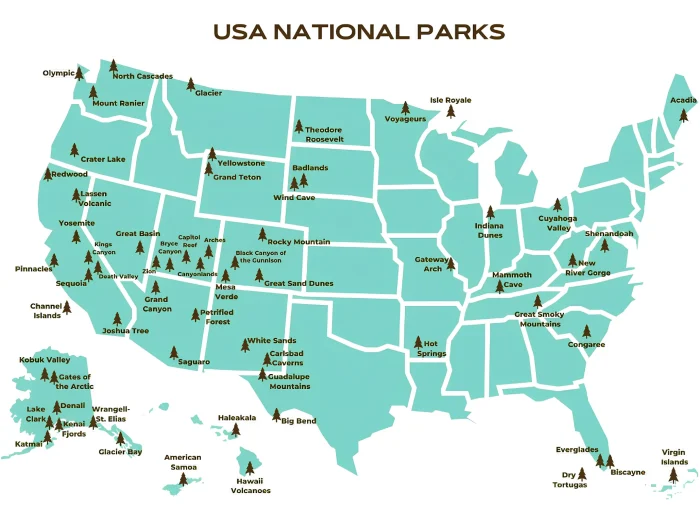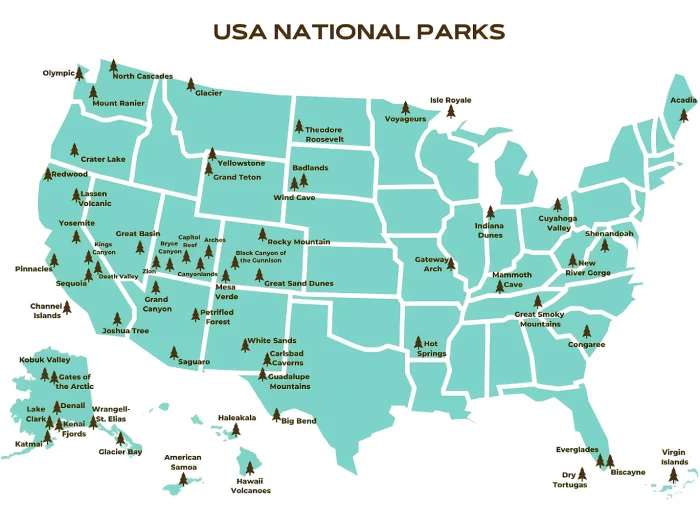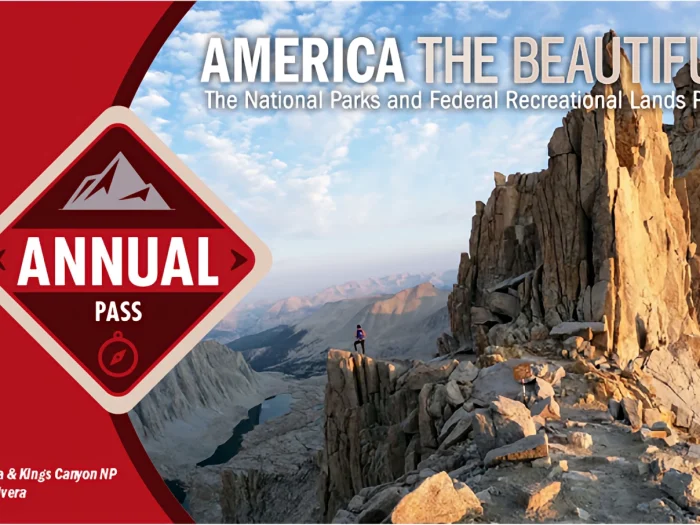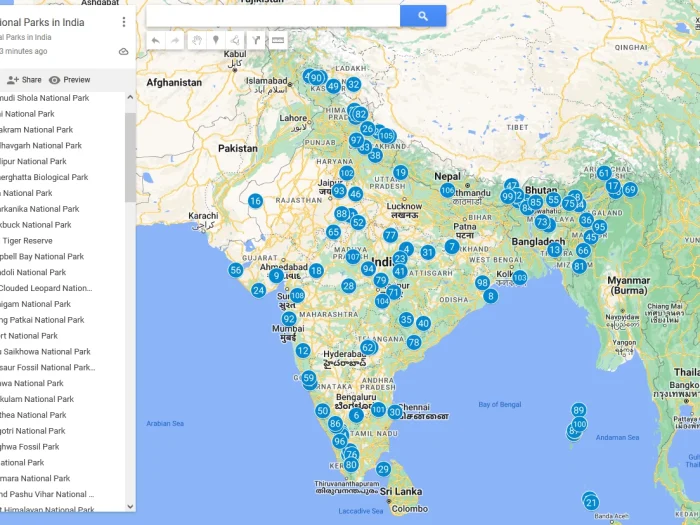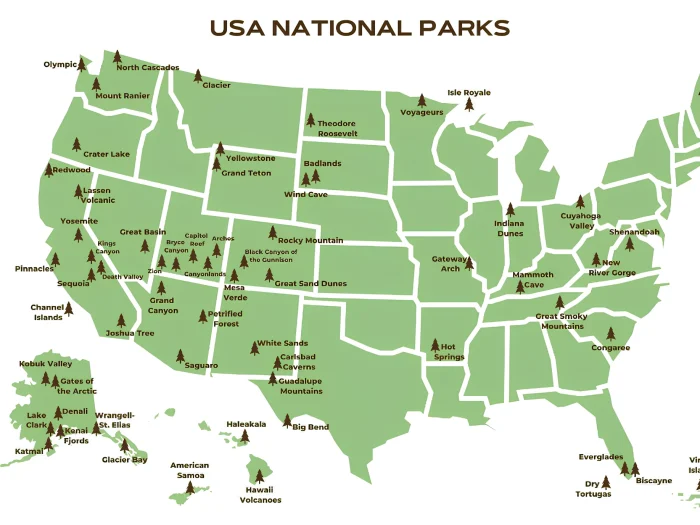Welcome to Mesa Verde National Park
Welcome to the Mesa Verde National Park Information Page
Here you will find all you need to know about the natural history of the park.
Learn about the geology, trees, mammals, birds, or other plants and wildlife of the area.
Mesa Verde National Park is located in the high plateau country of southwestern Colorado. The Park is located in the southwest corner of Colorado, about 10 miles east of Cortez, Colorado and about 36 miles west of Durango, Colorado.
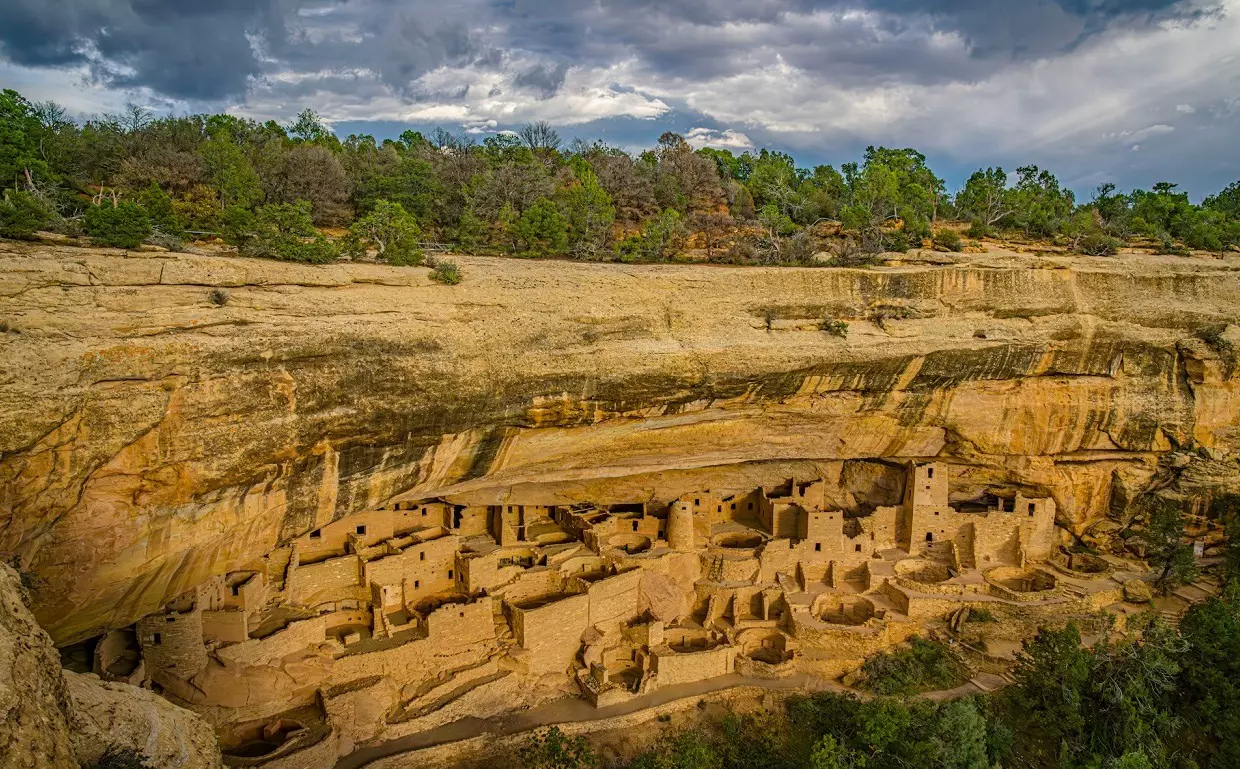
The park entrance is midway between Cortez and Mancos, just off of US Highway 160. It is a 21 mile drive from the park entrance to park headquarters and the Chapin Mesa archeological sites. Morefield Campground is 4 miles from the entrance, and Far View Visitor Center is 15 miles from the park entrance.
How to get to Mesa Verde National Park
The closest international airport to Mesa Verde National Park is Denver, Colorado and there are smaller airports in Cortez, Durango, Pueblo or Colorado Springs.
From the North
1. Take Highway 50 South to Highway 550 South to Highway 160 West to the park.
2. Take I-25 South to Highway 160 West to the park.
From the East
1. Take I-70 West to Highway 24 West to I-25 South to Highway 160 West to the park.
2. Take I-80 West to I-76 West to Denver then take I-25 South to Highway 160 West to the park.
From the South
1. Take I-25 North to Highway 160 West to the park.
From the West
1. Take I-80 or I-84 to I-15 South to Utah Highway 6 South to I-70 East to Highway 50 South to Highway 550 South to Highway 160 West to the park.
2. Take I-40 East to Highway 666 North to Highway 160 East to the park.
Establishment the Mesa Verde National Park
Mesa Verde National Park preserves a spectacular reminder of the 1,000 year culture of the Ancestral Puebloans. Archeologists have called this people Anasazi, from the Navaho word that means “ancient”. They are now called Ancestral Puebloans, reflecting their modern descendants
Mesa Verde National Park is located in the Four Corners Area, which has one of the highest concentrations of archeological sites in the United States and borders the Ute Mountain Ute Indian Reservation.
Mesa Verde National Park was established by Congress on 29 June 1906. It was the first cultural park set aside in the National Park System. Mesa Verde National Park was also designated as a World Cultural Heritage Site on September 8, 1978 by UNESCO, an United Nations organization formed to preserve and protect both the cultural and natural heritage of designated international sites. These pre-Columbian cliff dwellings and other works of early people are the most notable and best preserved in the United States.
Designations:
National Park – June 29, 1906
Wilderness Designated – October 20, 1976
World Heritage Site – September 6, 1978
Size and Visitation
Mesa Verde National Park has:
Acres: 52,121.93 acres
Federal: 51,890.65 acres
Nonfederal: 231.28 acres
Wilderness: 8,100 acres
There is limited access in the winter with the peak visitation in July and has over 600,000 visitors per year.
History of the People
Mesa Verde National Park preserves a spectacular reminder of the 1,000 year culture of the Ancestral Puebloans. Archeologists have called this people Anasazi, from the Navaho word that means “ancient”. They are now called Ancestral Puebloans, reflecting their modern descendants.
The first Ancestral Puebloans settled in Mesa Verde(Spanish for “green table”) about AD 550. They are know as Basketmakers because of their impressive skill at that craft. Formally a nomadic people, they were now beginning to lead a more settled way of life. Farming replaced hunting-and-gathering as their main source of livelihood. They lived in pithouses clustered in small villages, which they usually built on the mesa tops, but occasionally in the cliff recesses. They soon learned how to make pottery and they acquired the bow and arrow, a more efficient weapon for hunting than the atlati (spear thrower).
The pithouse represents the beginning of a settled way of life based on agriculture. Its basic features were a living room, squarish in shape and sunk down a few feet into the ground, four main timbers at the corners to support the roof, a fire pit with an air deflector, an antechamber, which might contain storage bins or pits, and a sipapu. Pithouses evolved into kivas of later times. In Mesa Verde, the people lived in this type of dwelling from about 550 to 750.
Basic Recommendations
I recommend that you plan your trip and the areas you would like to see and then go and relax and make a day of it. Go and see all that is in the area and enjoy it. You spend more quality time and learn and see more than you could ever imagine.
Mesa Verde National Park preserves a spectacular reminder of the 1,000 year culture of the Ancestral Puebloans. Archeologists have called this people Anasazi, from the Navaho word that means “ancient”. They are now called Ancestral Puebloans, reflecting their modern descendants.
Biking
- Bicycle riders must comply with all traffic regulations.
- Bicycles may be ridden only on established public roads and parking areas.
- Each bicycle must exhibit a white light on the front visible for 500 feet and a red light or red reflector on the rear visible for 50 feet or 300 feet during periods of low visibility and in the tunnel.
- Bicycles must be ridden as far to the right of the roadway as possible.
- At no time may a bicycle rider be attached to or towed by a motor vehicle.
- No bicycle shall be used to carry more persons at one time than the number for which it is designed and equipped.
- Bicycles are not allowed on the Wetherill Mesa road or on any trails.
- Due to the steep nature of the road, lack of shoulders and poor conditions of the pavement, organized bicycle groups are prohibited.
Camping
There is one campground, Morefield Campground, in Mesa Verde National Park. It is located 4 miles from the park entrance.
There is no backcountry camping.
Ranger-Guided Tour Fee – $2.00 – One Time fee per person per ranger-guided tour of either Cliff Palace or Balcony House and Long House. Note that there are also free ranger-guided tours of other sites available.
Lodging
Lodging is available at Far View Lodge, which is closed in winter. Reservations can be made by contacting the Mese Verde Co., PO Box 227, Mancos, CO 81328.
Pet Information
Pets must be physically restrained at all timess; animals are not allowed in public buildings or on trails.
Programs & Activities
Rangers / Naturalists lead tours of the different ruins and cultural areas of the Park.
Weather of Mesa Verde National Park
Summer high’s reach the 90’s with evening temperatures to the mid-60’s. Thundershowers are possible. In fall and spring, daytime temperatures are in the 30’s. Winter temperatures range from the 40’s down to the teens. There is an average of 80 to 100 inches of snowfall.
40 FAQs About Mesa Verde National Park
🔹 General Information
- What is Mesa Verde National Park known for?
Mesa Verde is best known for its well-preserved Ancestral Puebloan cliff dwellings and archaeological sites dating back over 700 years. - Where is Mesa Verde National Park located?
It’s located in southwestern Colorado, near the towns of Cortez and Mancos. - When was Mesa Verde National Park established?
The park was established on June 29, 1906, by President Theodore Roosevelt. - Why is Mesa Verde a UNESCO World Heritage Site?
Because it preserves outstanding examples of ancient human settlement and architecture of the Ancestral Pueblo people. - What does “Mesa Verde” mean?
In Spanish, “Mesa Verde” means “Green Table,” referring to the green, flat-topped mesas in the area. - How big is Mesa Verde National Park?
The park covers about 52,485 acres (21,240 hectares). - Who lived in Mesa Verde?
The Ancestral Pueblo people (formerly known as Anasazi) lived there from approximately 600 to 1300 CE. - Why did the Ancestral Puebloans leave Mesa Verde?
Historians believe they left due to a combination of drought, resource depletion, and social changes.
🔹 Visiting the Park
- What is the best time to visit Mesa Verde National Park?
Late spring through early fall (May to October) offers the best weather and open tours. - Is Mesa Verde open year-round?
Yes, but many facilities and cliff dwelling tours are closed during the winter. - How much does it cost to enter the park?
The entrance fee is around $30 per vehicle (valid for 7 days), though prices can vary seasonally. - Do I need a reservation to enter the park?
No, but guided cliff dwelling tours require advance reservations via Recreation.gov. - How many days do you need to see Mesa Verde?
Ideally, 1–2 days to explore key sites, or 3 days for a deeper experience. - Can you stay overnight in Mesa Verde National Park?
Yes. You can stay at Far View Lodge or Morefield Campground within the park. - Is there food available inside the park?
Yes, there are a few dining options including the Metate Room Restaurant and Far View Terrace Café (seasonal). - Are pets allowed in Mesa Verde?
Pets are allowed in some areas but not on trails or in archaeological sites. They must be leashed at all times. - What is the nearest airport to Mesa Verde National Park?
The closest airports are in Durango, CO (1.5 hours) and Cortez, CO (15 minutes). - How do I get around Mesa Verde?
You’ll need a car—there’s no public transportation inside the park.
🔹 Cliff Dwellings & Archaeology
- What are the main cliff dwellings to visit?
Top sites include Cliff Palace, Balcony House, and Long House. - Are cliff dwellings open year-round?
Most are open only from May through October, depending on weather. - Can you explore the cliff dwellings without a guide?
Only Spruce Tree House Overlook and a few mesa-top sites are self-guided. Most dwellings require a ranger-led tour. - How difficult are the cliff dwelling tours?
Tours often include ladders, steep steps, and narrow tunnels, so moderate fitness is recommended. - What is the largest cliff dwelling in Mesa Verde?
Cliff Palace—with 150 rooms and 23 kivas. - What is the most adventurous cliff dwelling tour?
Balcony House—known for its ladders and tunnel crawl. - Can you take photos inside the cliff dwellings?
Yes, photography is allowed, but no tripods or drones. - What is a kiva?
A kiva is a circular, subterranean room used for ceremonial or community purposes. - How old are the cliff dwellings?
They were constructed between 1190 and 1270 CE. - How many archaeological sites are in the park?
There are over 5,000 recorded archaeological sites, including 600 cliff dwellings.
🔹 Hiking & Nature
- What are the best hikes in Mesa Verde?
Popular trails include Petroglyph Point Trail, Point Lookout Trail, and Spruce Canyon Trail. - Are there easy hikes for beginners?
Yes—Far View Sites Trail and Knife Edge Trail are short and scenic. - Is there wildlife in Mesa Verde?
Yes, you can spot mule deer, coyotes, foxes, bobcats, and various birds. - Can I see petroglyphs in Mesa Verde?
Yes, the Petroglyph Point Trail features ancient rock carvings. - What’s the elevation of Mesa Verde National Park?
Between 6,000 and 8,572 feet above sea level. - Is the park good for stargazing?
Absolutely! Mesa Verde is an International Dark Sky Park with incredible night sky visibility.
🔹 Travel Tips & Safety
- What should I bring to Mesa Verde?
Water, sunscreen, a hat, sturdy shoes, snacks, and a camera. - Is it hot in Mesa Verde?
Summer temperatures can reach the 80s°F (high 20s°C), but nights are cool. - Are there restrooms in the park?
Yes, restrooms are available at visitor centers, picnic areas, and major trailheads. - Is there cell service in Mesa Verde?
Cell service is limited and unreliable in many areas. - Is Mesa Verde wheelchair accessible?
The Chapin Mesa Museum and some overlooks are accessible, but most cliff dwellings are not due to terrain. - Can you visit Mesa Verde in one day?
Yes, but to fully appreciate its history and beauty, spending at least two days is recommended.
